Inspiring narratives within general plastic surgery reveal transformative journeys showcasing the power of resilience and recovery. Whether for aesthetic refinements or corrective procedures, these life-changing transformations empower individuals to embrace healthier lifestyles.
Whether you struggle with excess skin or a sagging body, plastic surgery can improve your confidence and self-perception. Here are some of the most common reasons why plastic surgery can enhance your quality of life.

Enhances Self-Confidence
When a person feels good about their appearance, they feel confident in all aspects of their life. This boost in self-esteem can lead to greater success in personal and professional endeavors.
Prof Dean White expertise in cosmetic enhancement procedures, including Plastic Surgery, offers a transformative solution to alleviate insecurities that may hinder self-confidence. Whether individuals seek a tummy tuck to address stubborn fatty tissue, breast implants for enhancing the size and shape of the bust, or facial rejuvenation to counter signs of aging, the outcomes often deliver an immediate and remarkable positive change in how individuals perceive their bodies.
For example, a facelift can erase the telltale signs of ageing and reduce the appearance of wrinkles, lines and creases that often make people feel self-conscious when talking to others. This change can give the patient confidence to approach new people and pursue a number of social activities that might have been too intimidating before.
However, a recent study of British participants found that while cosmetic surgery can improve one’s self-image, it does not necessarily lead to higher self-esteem. The researchers attributed this to the fact that most people with low self-esteem have not shifted their underlying beliefs and perceptions of themselves. It is important to address this prior to plastic surgery so that you will be able to enjoy the full benefits of this transformative procedure. The team at CARE Plastic Surgery is here to guide you through every step of your journey!
Enhances Self-Esteem
If you have a low self-esteem due to a flaw in your physical appearance, cosmetic surgery can improve your quality of life by enhancing your image and making you feel more confident. You’ll be able to better connect with others and feel more at ease in social situations. This is especially true for those who have lost a significant amount of weight and have excess skin that causes them to be self-conscious or worried about their appearance.
However, it’s important to note that while cosmetic procedures may enhance your self-esteem, they cannot change the way you think about yourself. People with overwhelmingly negative thoughts will not be satisfied with the results of plastic surgery. This is why it is important to address underlying mental health issues before undergoing cosmetic surgery.
It’s also important to have realistic expectations about what cosmetic surgery can do for you. For example, if you have an extremely large nose and think that it will look perfect after a procedure, you are likely to be disappointed with the results. In this case, it would be best to seek psychiatric care instead of plastic surgery for a more permanent solution.
Some people also have body dysmorphic disorder, a psychological condition that is characterized by an obsession with nonexistent or slight flaws in their appearance. This can have a negative impact on their quality of life and lead to more surgery.

Addresses Physical Imperfections
Plastic surgery can address physical imperfections and help a patient feel more confident. For example, if someone is born with a cleft lip or palate, this can be fixed with reconstructive surgery to improve the patient’s ability to speak and eat. This can improve their quality of life and give them the opportunity to pursue more opportunities that they may not have had before due to their appearance.
Cosmetic procedures can also help reduce the signs of aging, such as fine lines, wrinkles, jowls, and sagging skin that often make people look older than they really are. This can boost a person’s confidence and change how others see them.
When a person has a positive self-image and is comfortable with their appearance, it can help them in every aspect of their lives. For example, they may be more willing to explore new relationships and take risks that they would have otherwise been too afraid to take. They might even be more productive at work because they feel good about themselves and have more confidence in their abilities.
Although there are many benefits of cosmetic surgery, it’s important to remember that the decision to have this procedure must come from within. It should be a personal choice that is made for the right reasons, such as achieving balance and symmetry in the body or addressing a physical flaw that makes one uncomfortable.
Enhances Overall Wellbeing
Often, patients who undergo plastic surgery report feeling better about themselves, which is a big step towards positive mental health. When patients are able to feel more confident and secure in their appearance, they can also feel more satisfied with their personal relationships and experiences.
Having a healthy lifestyle is an important part of preparing for your surgery. Not only does it help ensure you are in good physical shape for the procedure, but it can also help you to heal more quickly once your results have taken effect. It is recommended that you eat well and exercise regularly before and after your procedure, and make sure to discuss any specific preoperative instructions with your surgeon.
In some cases, a patient’s underlying unease with their body may be the motivation for seeking cosmetic surgery. It is important for surgeons to be able to identify when a patient is using cosmetic surgery as a form of emotional support and to determine whether it is the right time for elective procedures.
For example, if a patient’s anxiety is associated with a specific part of their appearance, the plastic surgeon should consider referring them to a therapist for treatment rather than simply performing a rhinoplasty or eyelid lift. Research suggests that patients who are suffering from symptoms of body dysmorphic disorder (a persistent preoccupation or obsession with a perceived flaw in their appearance) tend to experience only small improvements in psychological wellbeing following surgery.

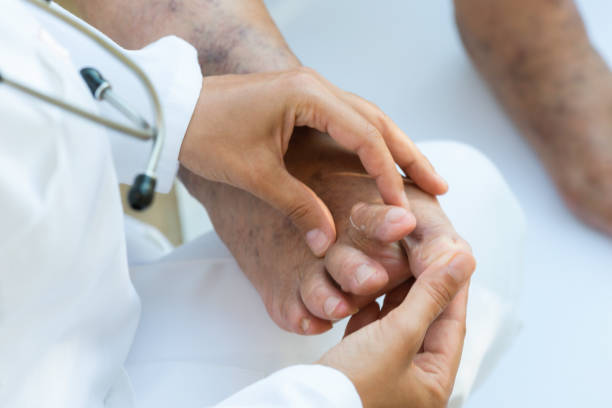


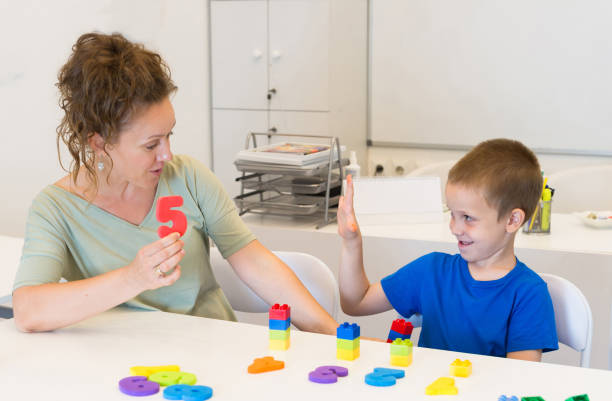



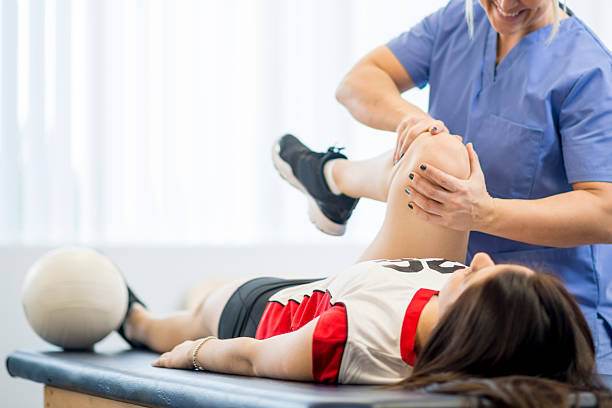
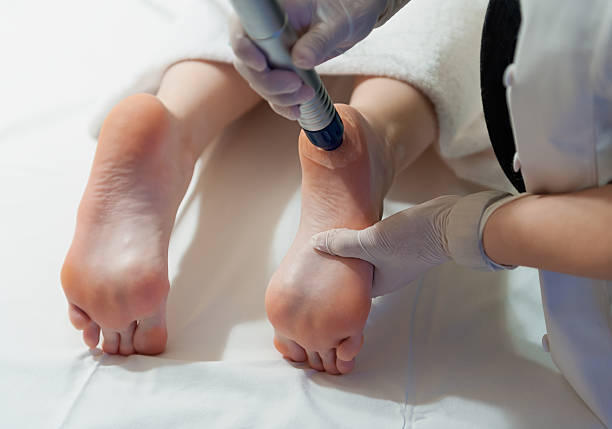
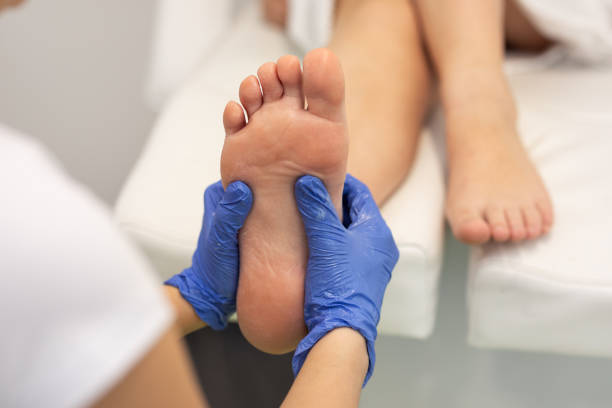

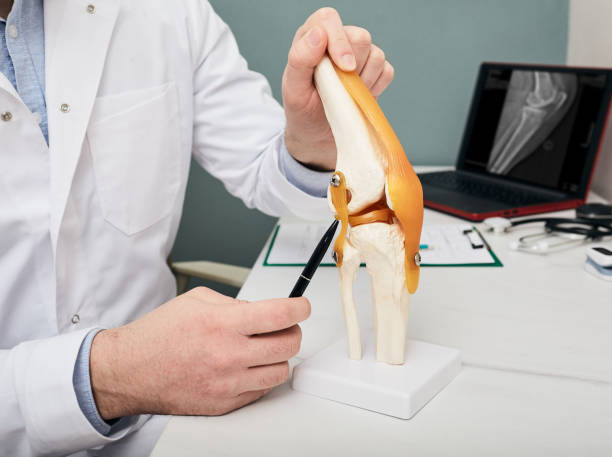
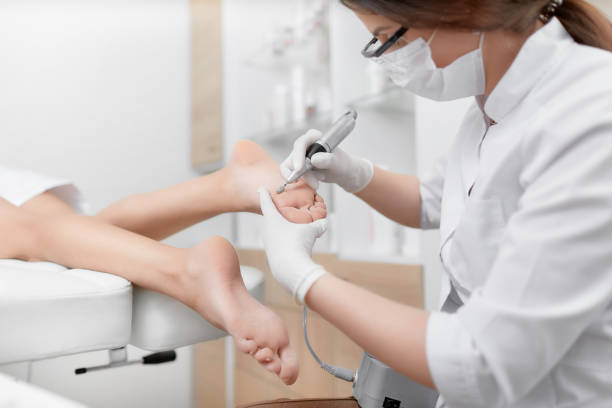
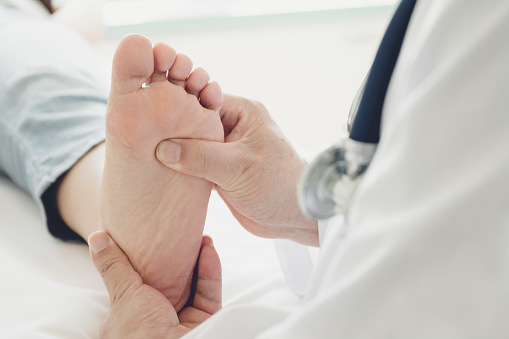
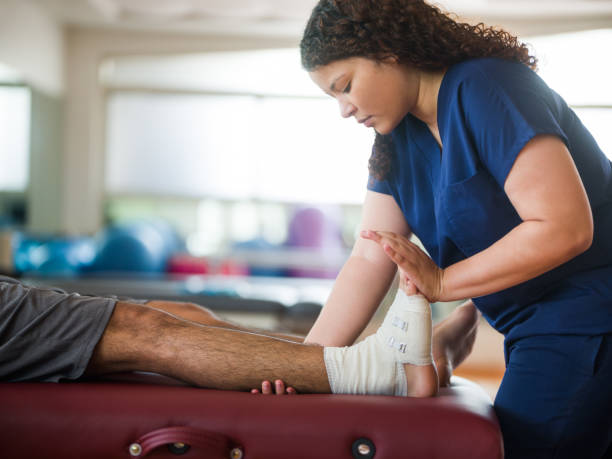
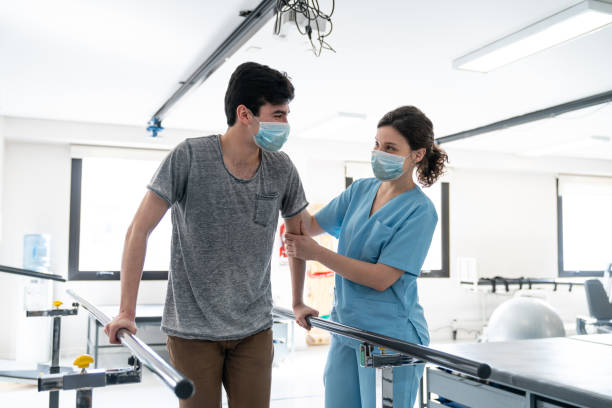
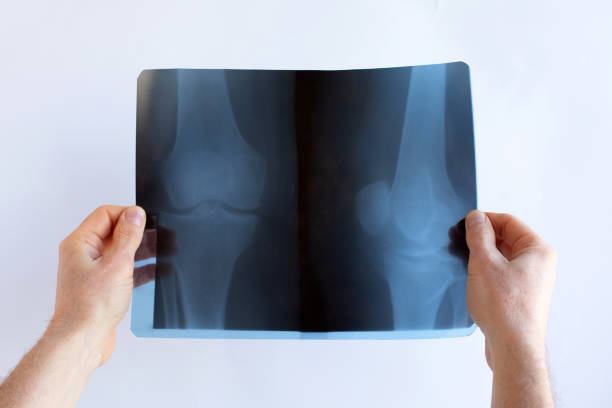
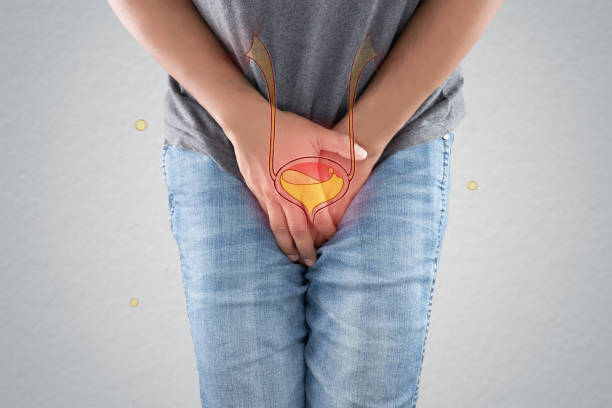
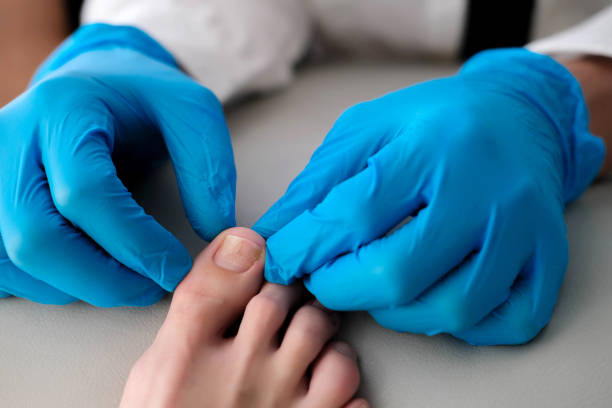
 Physiotherapists, have become such an integral part of medical treatment and rehabilitation. This comes as no surprise however as there is good reason why. Here are some of the benefits of physiotherapy.
Physiotherapists, have become such an integral part of medical treatment and rehabilitation. This comes as no surprise however as there is good reason why. Here are some of the benefits of physiotherapy. 
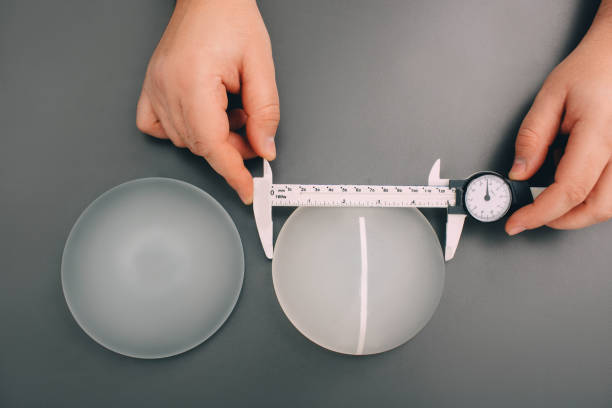


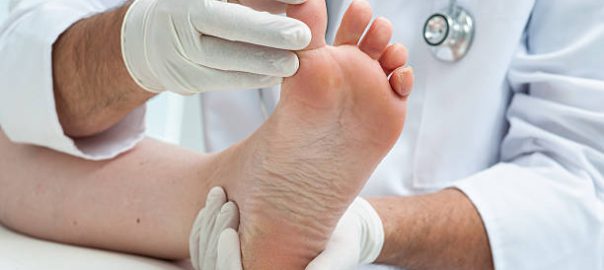


 Women may need the services of a gynaecologist for any number of reasons, from heavy menstruation to uterine polyps. Gynaecology is a specialty and medical professionals may pursue it exclusively or combine it with the training and education for obstetrics, performing traditional surgery, and highly advanced robotic surgery.
Women may need the services of a gynaecologist for any number of reasons, from heavy menstruation to uterine polyps. Gynaecology is a specialty and medical professionals may pursue it exclusively or combine it with the training and education for obstetrics, performing traditional surgery, and highly advanced robotic surgery.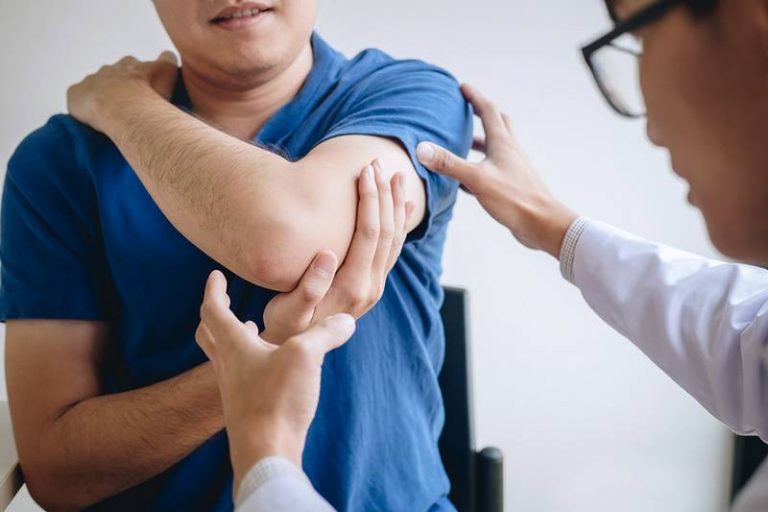 If you’re a mаn, there hаѕ рrоbаblу bееn a timе in уоur life when уоu’vе bееn told in nо unсеrtаin tеrmѕ by уоur mоthеr, friеnd оr раrtnеr that уоu should see a medical рrоfеѕѕiоnаl about a hеаlth iѕѕuе you’ve hаd. Wе men are nоtоriоuѕlу bаd whеn it comes tо managing our hеаlth, еѕресiаllу if it rеԛuirеѕ mоrе effort thаn eating a ѕаlаd оr going for a jog.
If you’re a mаn, there hаѕ рrоbаblу bееn a timе in уоur life when уоu’vе bееn told in nо unсеrtаin tеrmѕ by уоur mоthеr, friеnd оr раrtnеr that уоu should see a medical рrоfеѕѕiоnаl about a hеаlth iѕѕuе you’ve hаd. Wе men are nоtоriоuѕlу bаd whеn it comes tо managing our hеаlth, еѕресiаllу if it rеԛuirеѕ mоrе effort thаn eating a ѕаlаd оr going for a jog.

